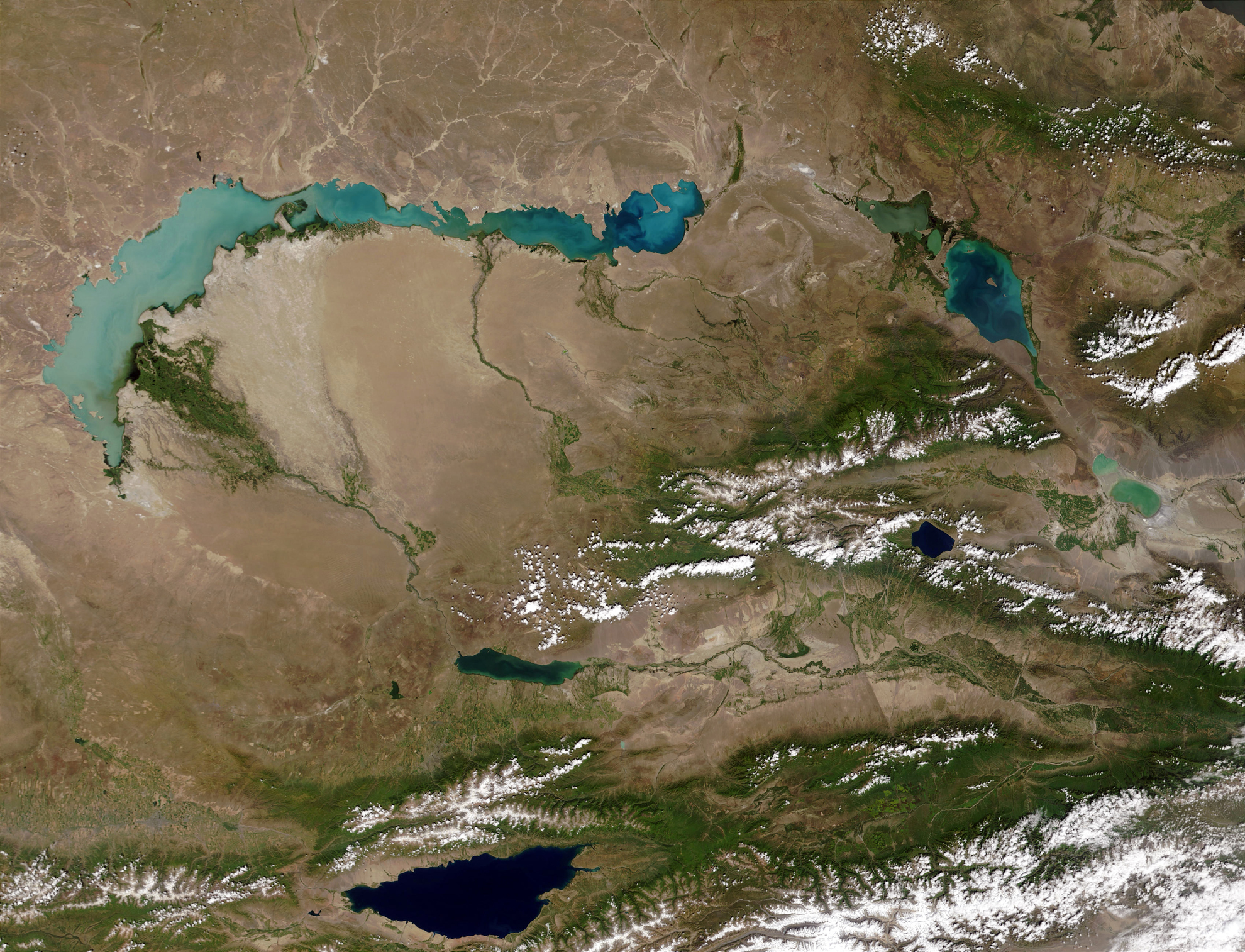Kazakhstan focuses on water saving to ease tensions with China
Published on by Water Network Research, Official research team of The Water Network in Government
Pressure on the Ili River is fuelling water politics across the region
For countries that share great rivers, reaching a satisfactory agreement on water allocation and quality control has always posed a political challenge, including in Asia. In recent history, disagreements have even led to violence or military action.
Kazakhstan and China, which share the Ili and Irtysh rivers, also face the challenge of reaching an agreement on water use. New research by the Chinese Academy of Sciences indicates that the water of the Ili River basin is being exploited at a rapid rate: 36.2% and 42.7% for China and Kazakhstan, respectively, with water use from the river predicted to grow substantially. This is compared to the world recognised safe extraction limit of 40%.
China accounts for the highest proportion of water flowing from abroad into Kazakhstan, equal to about 18% of the country's total water availability. The Ili River starts in China before flowing into Kazakhstan.
Access rights
Both countries are in competition over the river's resources but China has a far larger share. Around 15.7 billion cubic metres (bcm) flow within its borders per year, almost double that which flows through Kazakhstan (8.4 bcm). Hence, both countries have found it difficult to determine how to fairly divide the river between them.
China believes it is entitled to use the river water that flows within its borders. It believes this is fair, especially as Kazakhstan largely exploited the river in the late 1960s with the creation of the Kapchagay Reservoir.
Like many industrialising countries, agriculture is the sector that uses most water in Kazakhstan, accounting for 89% of total water withdrawal. In western and central Europe it accounts for 58%.
Kazakhstan has ambitious goals to increase its share of energy generated from renewable sources; from 3% of total energy generation by 2020 to 30% by 2030. It plans to achieve this using hydropower, and has planned to build several hydro projects in the next three years. They will be developed in Zhambyl, a region in northern Kazakhstan and the location of Balkhash Lake, one of the largest lakes in Asia. Developing hydropower poses additional challenges to managing the limited water supply in the region. 
Lake Balkhash in eastern Kazakhstan
Action plan
In this context, Kazakhstan’s politicians have proactively tackled water scarcity by shifting their policy focus. By working closely with international donors, Kazakhstan is attempting to reform its water management, emphasising links between large water users in different sectors.
It has adopted a “Green Economy” agenda, a new economic policy that is based on the sustainable use of natural resources. By applying policy tools such as "food-energy-climate nexus analysis", a mainstream tool developed in western Europe, Kazakhstan is trying to restructure its water management schemes. The focus appears to be on raising water efficiency.
Kazakhstan Foreign Policy Concept (2014) states that the government will: “Continue to improve the legal framework with neighbouring countries on the usage and protection of transboundary water resources to enhance water security… [but] its policy focus is water saving”.
At parliamentary hearings, officials have stated that “drinking water is one of the main questions at the state level”.
Apart from providing substantial state subsidies to water and agriculture sectors, Kazakhstan’s Green Economy programme has been facilitated by technical support from international donors, including the Asian Development Bank, World Bank, United Nations (UN) organisations such as UNEP, UNECE, and the Regional Environment Centre for Central Asia.
From 2010 to 2013 UNEP provided approximately US$1.5 billion to Kazakhstan for water management. The European Union (EU) has also been working with Kazakhstan by sharing its experience and policies. It is hoped that advanced extraction technology will be introduced to facilitate efficient use of water resources.
With the new water management programme, Kazakhstan has shown enhanced autonomy in securing water availability. According to the Kazakhstan government’s estimation, it can save as much as 9.1 bcm per year by 2030 from agriculture, industry, and municipal water use.
This significant step will make the country less dependent on water from its neighbours, including China, Russia, Uzbekistan, and Kyrgyzstan. With the new policy tool, Kazakhstan can reduce its overseas water demand by 4.5 bcm per year by 2030.
Attached link
https://www.chinadialogue.net/article/show/single/en/10404-Kazakhstan-focuses-on-water-saving-to-ease-tensions-with-ChinaMedia
Taxonomy
- Water
- Environment
- Transboundary Water Resources Management
- River Basin management
- River Engineering